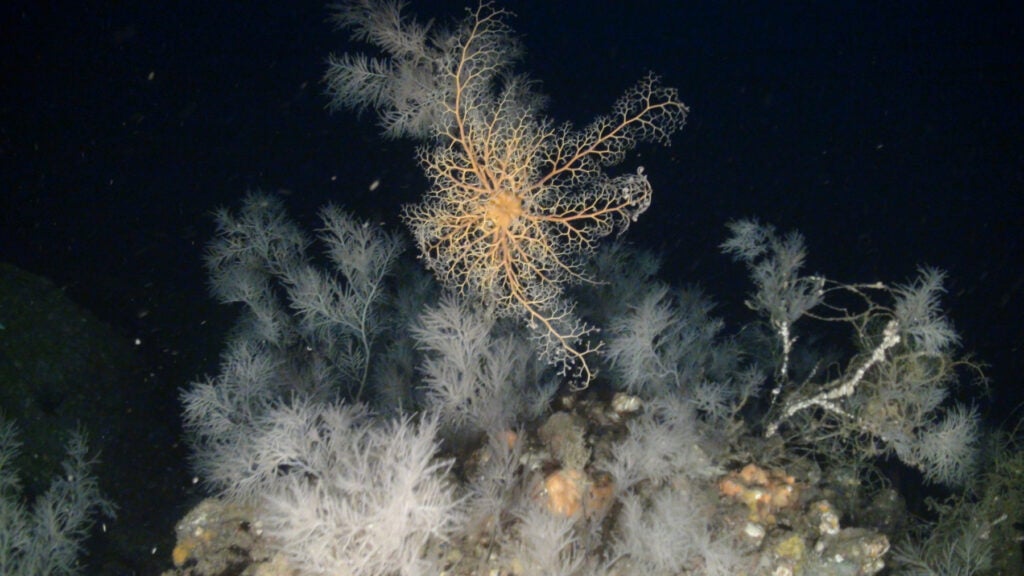Report | March 15, 2017
Conservation and management of Vulnerable Marine Benthic Ecosystems

Abstract
Apart from natural factors such as climatic variation, which can drive species and habitats to extinction over the long term, and devastating sporadic episodes, like volcanic eruptions, animal forests (e.g., coral reefs, gorgonian gardens, and sponge fields, among others) are mainly threatened by human activities. Coastal destruction, dredging, mining, offshore infrastructure, oil and gas production, pollution, and climate change are among the main anthropogenic threats faced by marine ecosystems, but fisheries have become the human activity with the greatest and most widespread impact upon reefs and other benthic ecosystems. During recent decades, some international conventions have aimed to reduce these impacts, trying also to bring together governments in order to stop the loss of biodiversity in the oceans. However, marine conservation still lags far behind the advances that have been made in the protection of terrestrial ecosystems. Most marine species and habitats are generally not well known or valued by decision-makers or the general public, and many efforts to introduce conservation measures have been blocked as a result of intensive lobbying by the bottom trawling sector. As a result, advances in management, including conservation, have been slow. There is a general consensus about the need to protect different marine habitats, ecosystems, and communities that are very productive and useful for humankind in many different ways. These are ecosystems which support the life cycles of commercial species, are essential for the global economy, form biodiversity hotspots, or are part of spectacular seascapes that constitute part of natural heritage. Yet the way forward for the conservation of animal forests worldwide is uncertain; there is still a broad and interesting debate on what should be done to protect them, and how this protection should be developed and implemented, both within national waters and in areas beyond national jurisdiction. Advances in international and national policies related to conservation and fisheries management have provided the first steps. However, these developments only address the tip of the iceberg of what should be done, based on the available scientific knowledge.
Seamounts, submarine canyons, hydrothermal vents, cold seeps, and other topographic features are known in many cases to be important biodiversity hotspots. Coral reefs, sponge aggregations, gorgonian and black coral gardens, sea pen fields, mollusk beds, and other animal forests have been recognized as key habitats which occur in many cases in association with topographic features such as the ones mentioned above. Most of these ecosystems are gradually becoming part of the international list of vulnerable marine ecosystems (VMEs), and in some regions, measures are being developed to protect them, particularly within Regional Fisheries Management Organizations (RFMOs).
Marine science continuously provides data on new species, habitats, and communities, improving our understanding of their interspecific relationships, and the roles they play within marine ecosystems, and in the biosphere as a whole. In turn, marine management, including conservation, should also progress in light of this increasing knowledge. Human impacts must be necessarily included in the final equation, as we will continue to use marine resources. Ultimately, we are responsible for ensuring the long-term sustainability and health of the ocean realm.

